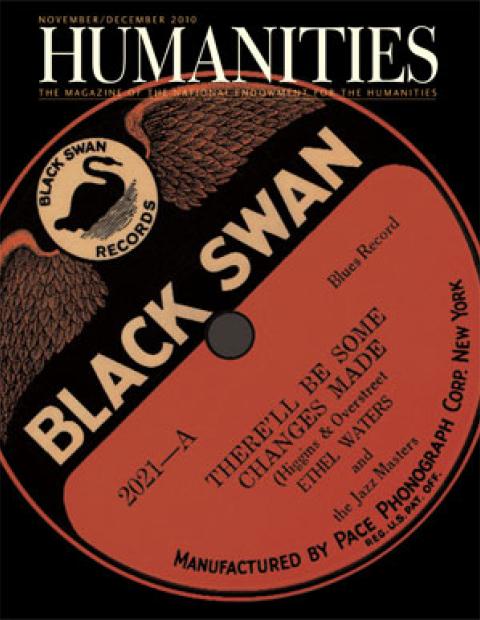Archaeologists from Harvard University’s Peabody Museum working in Peru have unearthed a piece of paper used in the early seventeenth century by a Spanish priest to conduct an interview and record numbers from a long-lost language. Jeffrey Quilter, senior lecturer at Harvard and deputy director for curatorial affairs at the Peabody, says the discovery provides the only known words from a local language spoken around the time the Incas were being conquered by the Spanish. Moreover, the words are for numbers, revealing the number system of the people, which was a decimal system like our own.
Quilter, who received a research grant from NEH to investigate the ruins of a church and town in northern coastal Peru, says that “at about the same time Shakespeare was writing his sonnets and plays, a Spanish priest was interviewing a native in a small town. … He was asking that person about his number system, and the priest took an old letter, folded it, and used the back to write down his Spanish numbers in one column and then write the equivalents in the native tongue—phonetically spelled out—next to them.”
A dictionary for another local language spoken in Peru at the time of the Inca conquest—Mochica, or Muchik—exists, but no dictionary or word list exists for two other local languages, known only by name, one of which may in fact be the newly discovered tongue, either a language called Pescadora, “language of the fisher people,” or another language, called Quingnam (it’s even possible that these are two names for the same language). The priest’s folded letter, says Quilter, provides “a small window into the past about an ancient language system that lasted into the colonial period, then disappeared.”

